
UCLA Professor Barreto Writes Timely Op-Ed on the Elections and Immigration for The New York Times
October 24, 2018 UCLA Professor Matt Barreto wrote an…
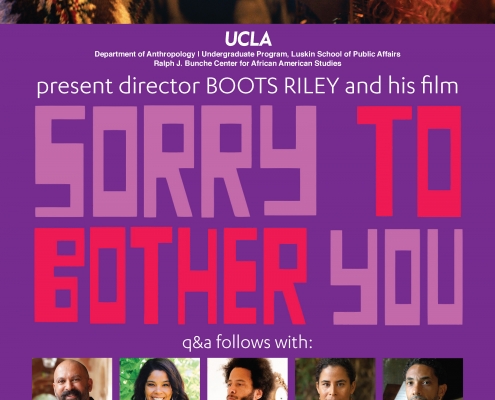
Sorry To Bother You Screening Followed by Q & A with Director Boots Riley at UCLA on 11/6
On November 6, 2018, go vote and then check out a screening of…
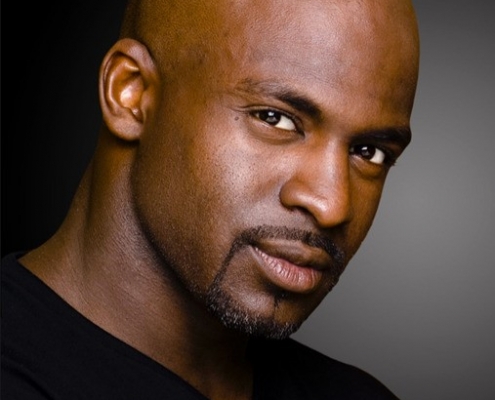
LA Social Science Presents “Conversations with Changemakers” Featuring Bryonn Bain and Rosie Rios
By Lara Drasin Bryonn Bain is a UCLA professor jointly appointed…
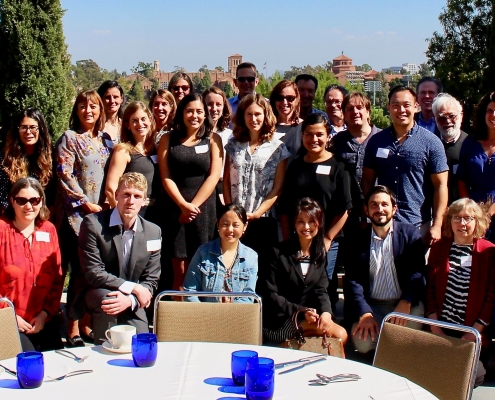
UCLA California Center for Population Research Commemorates Its 20th Anniversary
On October 11-12, 2018, the California Center for Population…
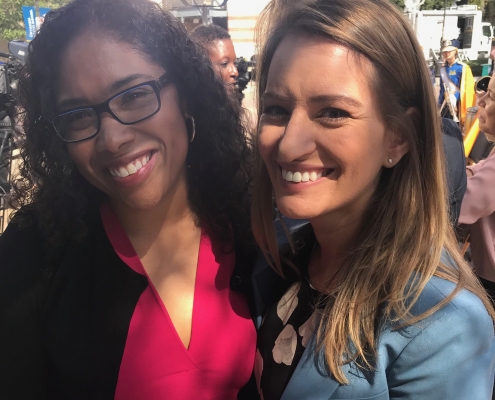
UCLA Professor Frasure-Yokley Discusses Her Electoral Research on MSNBC — Watch Video Here
On October 8, UCLA Professor Lorrie Frasure-Yokley and UCLA…
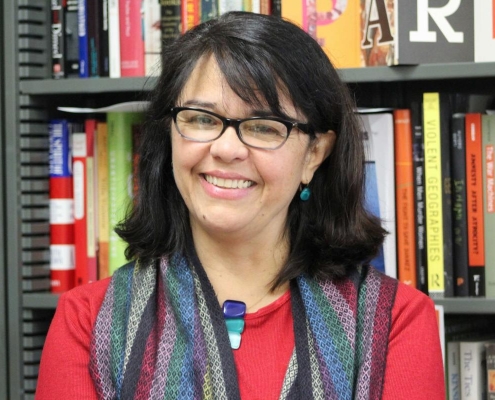
UCLA Professor Menjivar Scheduled to Speak at DWC Congressional Briefing on 10/11
On October 11, Professor Cecilia Menjivar will discuss asylum…
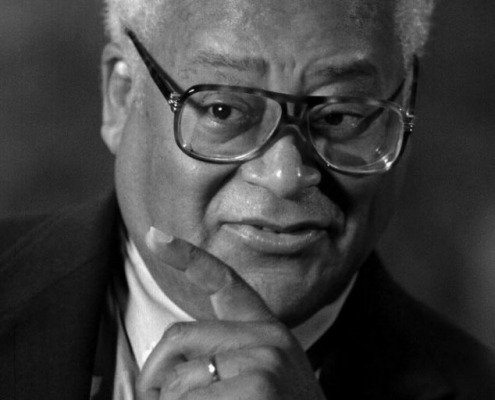
Celebrating Reverend Lawson’s Enduring Contributions at UCLA
By Kent Wong Director, UCLA Labor Center Rev. James…
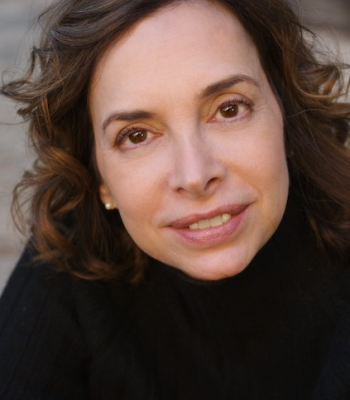
A Case for Teaching Critical Media Literacy
By Rhonda Hammer, Lecturer, UCLA Department of Gender Studies We…
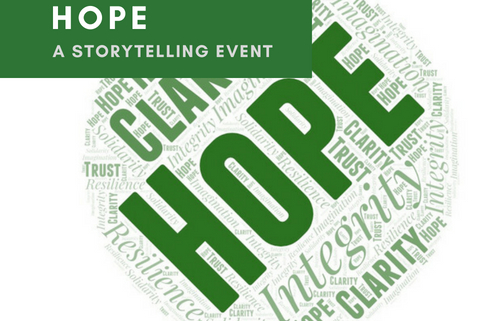
Storytelling For Self and Community Healing – UCLA Event Tomorrow 9/27
A Conversation with Dr. Beth Ribet, Co-Director and Co-Founder…
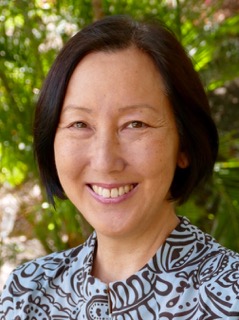
LA Social Science Presents “Conversations with Changemakers” Featuring Dr. Karen Umemoto
Dr. Karen Umemoto is a professor in the Department of Asian…

